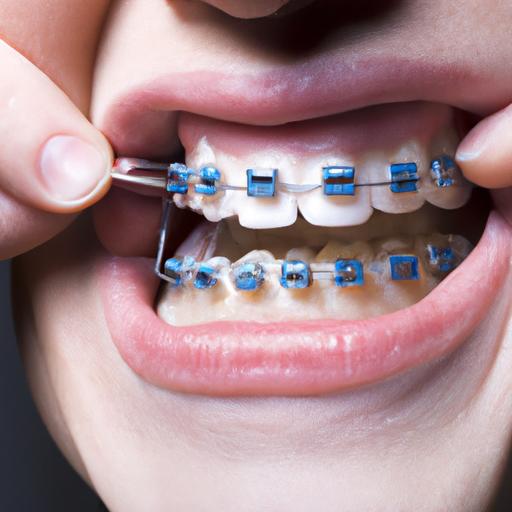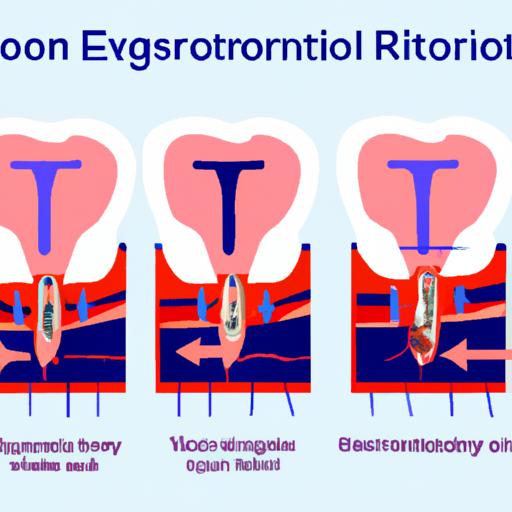
Learn about external root resorption after orthodontic treatment. Discover the causes, diagnosis, and management of this condition in our informative article.
Introduction
Orthodontic treatment is a widely sought-after solution for achieving a beautiful smile and proper dental alignment. However, in some cases, patients may experience a condition called external root resorption after orthodontic treatment. External root resorption refers to the loss of tooth root structure due to various factors, leading to potential complications and the need for proper management. In this article, we will delve into the causes, diagnosis, and management of external root resorption after orthodontic treatment, providing valuable insights to both patients and dental professionals.

Causes and risk factors of external root resorption
Causes and Risk Factors of External Root Resorption
During orthodontic treatment, several factors can contribute to the development of external root resorption. Mechanical factors, such as excessive force applied during tooth movement, can cause damage to the tooth roots. Additionally, genetic predisposition and individual susceptibility play a role in determining the likelihood of developing root resorption. Other contributing factors, including trauma or infection, can further increase the risk of external root resorption.

Diagnosis and detection of external root resorption
Diagnosis and Detection of External Root Resorption
Early detection of external root resorption is crucial for effective management. Dental professionals rely on clinical signs and symptoms, such as tooth sensitivity or mobility, to identify potential cases of root resorption. Radiographic techniques, such as periapical or panoramic X-rays, provide valuable insights into the extent of root resorption. Regular dental check-ups and monitoring are essential to detect and address root resorption promptly.

Management and prevention of external root resorption
Management and Prevention of External Root Resorption
Managing external root resorption requires a comprehensive approach. Regular monitoring is crucial to identify any progression of the condition. In cases where root resorption is already present, various treatment options can be considered, such as root canal therapy or extraction in severe cases. Preventive strategies during orthodontic treatment, such as using lighter forces and periodic evaluation of tooth movement, can help minimize the risk of root resorption. Patient education regarding oral hygiene practices and maintaining good dental health is also vital in preventing and managing root resorption.
Conclusion
External root resorption can be an unfortunate complication following orthodontic treatment, requiring proper understanding and management. By recognizing the causes and risk factors, diagnosing the condition accurately, and implementing appropriate preventive and treatment measures, dental professionals can effectively address external root resorption. Patients should also be aware of the importance of regular dental check-ups and following oral hygiene practices to minimize the risk of root resorption. With proper care and attention, the potential complications of external root resorption can be mitigated, ensuring long-term oral health and a confident smile.
Remember, if you need further guidance on maintaining good dental health, our comprehensive tips and guide can be a valuable resource.







